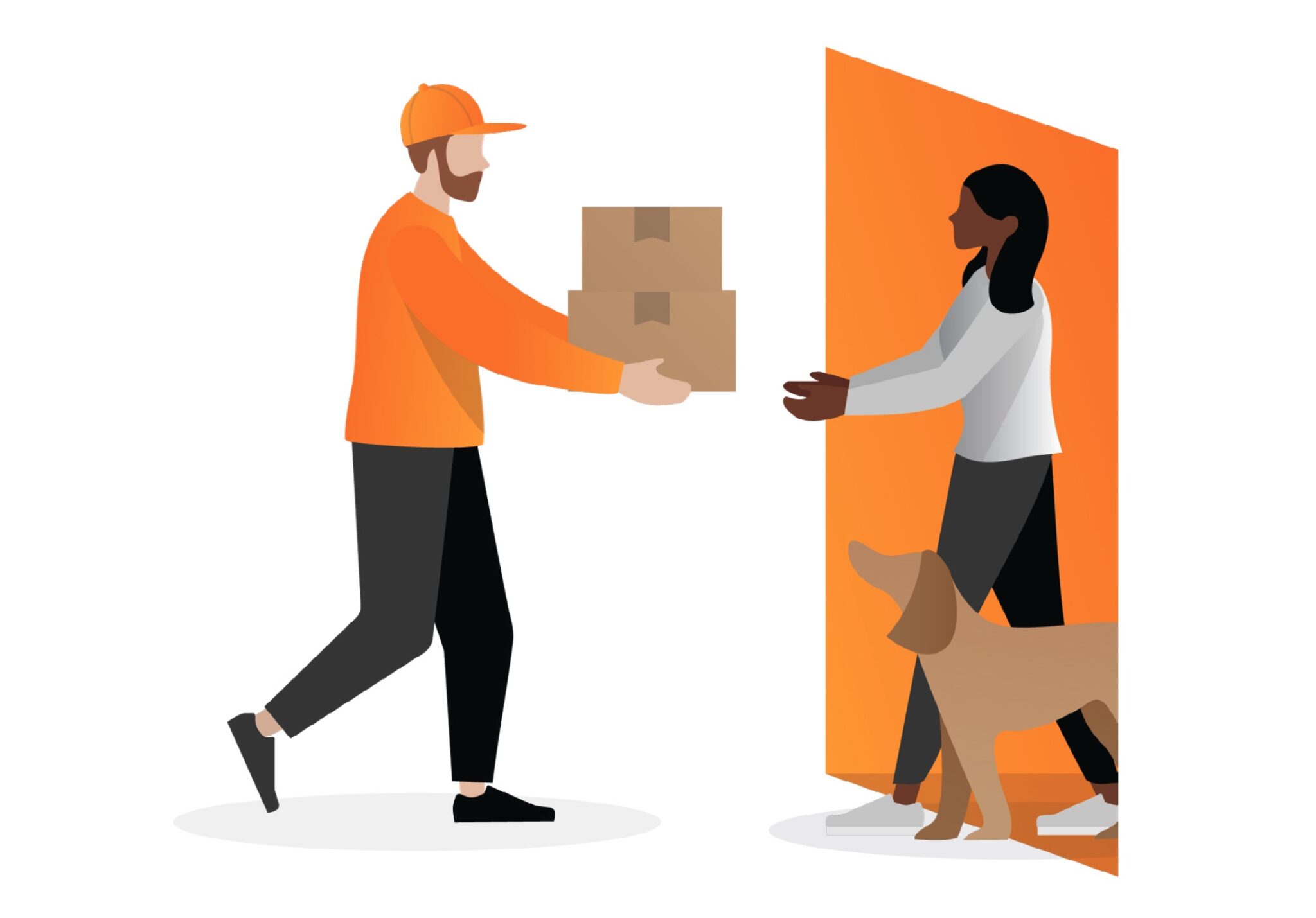FarEye released the full findings of its Eye on Last-mile Delivery Report today, conducted with Researchscape International, which explores retailers’ and logistics providers’ last-mile delivery priorities and opportunities over the next five years.
Logistics providers’ priorities for performance improvement differs by company size
FarEye’s research findings for logistics providers reveals that for providers over $100 million in revenue, on-time delivery (74%) and cost per delivery (62%) are their top two priority KPIs to improve. For providers under $100 million in revenue, their top two priorities are cost of delivery (73%) and customer satisfaction (64%). As logistics providers grow, complexity and scale increase, where on-time deliveries become more challenging to execute with precision.
“Unlike retail, last-mile delivery is the backbone of logistics providers’ operations and their goals will be focused on delivery performance and cost efficiencies, above all. While their priority improvement metrics don’t differ heavily from retailers’ priority improvement areas, the difference lies in the size of the logistics provider. With size comes complexity, but also efficiency, where the cost per delivery goes down, but the difficulty in managing and tracking orders goes up,” said Stephane Gagne, vice president, product, FarEye.
Retailers and logistics providers must work together to achieve superior deliveries
How retailers and logistics providers work together to achieve the pinnacle delivery experience – one that simultaneously reduces cost to deliver while increasing customer satisfaction will be crucial. Outsourced delivery networks have become a way for retailers to increase speed to deliver (64%) and reduce cost (37%) of last-mile delivery, however, it comes with the sacrifice of less control of the consumer experience.
FarEye’s initial report findings denote that 84% of retailers that have outsourced their delivery networks want more control of their delivery networks. Specifically, 33% of retailers are challenged by logistics providers’ inability to provide reliable information and they rank carrier performance as the top factor that inhibits delivery speed.
Logistics providers’ last-mile delivery growth priorities
Over the next year, 77% of logistics providers expect their budgets for last-mile delivery technology to grow. Eighty-two percent of logistics providers claim they will likely change or buy a new last-mile delivery solution in the next 1-2 years. Forty percent of logistics providers expect to buy a last-mile delivery platform in the next five years, vs. building their own in-house (40%). Similar to retailers, logistics providers are also evaluating electric vehicles (80%), autonomous vehicles (44%) and drones (38%) to make their fleets more sustainable and efficient, over the next five years.
Research Methodology
The FarEye Eye on Last-mile Delivery research was released in two parts, in January and February 2023. FarEye analysed responses from 300 leaders across retail and logistics with responsibility for logistics and retail operations in the U.S. (32%), EMEA (36%) and APAC (32%) regions.
FarEye’s Delivery Management platform turns deliveries into a competitive advantage. Retail, e-commerce and third-party logistics companies use FarEye’s unique combination of orchestration, real-time visibility, and branded customer experiences to simplify complex last-mile delivery logistics. The FarEye platform allows businesses to increase consumer loyalty and satisfaction, reduce costs and improve operational efficiencies. FarEye has 150+ customers across 30 countries and five offices globally. FarEye, First Choice for Last Mile.





